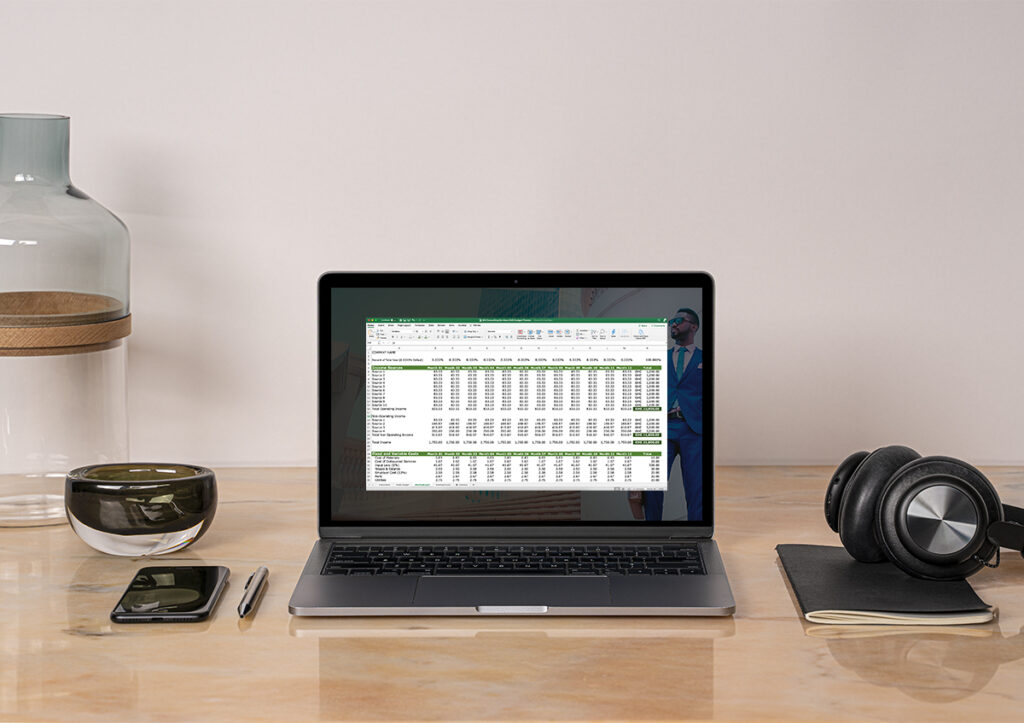How to Budget: A Snapshot Of Your Future
- January 19, 2021
- Posted by: IDS Consulting Services
- category:
- no comment

Everyone Advises it Because it Works
Creating a budget is a great way to give yourself an overview of the financial position of your business. You get a snapshot of the future of your business that you can run through Photoshop and edit as much as you like. You can see how feasible your ideas are and you’ll be able to create the optimal revenue and cost structure, and plan contingencies for things that have not even happened yet.
The Alternative is Costly—Operating without a budget is like stepping onto a battlefield, void of all your senses. You may walk through unscathed, but it’s safe to say that the odds would not be in your favor.
You Have to Follow Through
The success of budgeting is achieved in two parts: creating the budget and following it. Creating a robust budget is no easy task, but following it seems to be the bigger issue. Without discipline and consistency, you may find that existing outside the budget, when done once, becomes increasingly easier to do, until following the budget is a thing of the past altogether.
In order to avoid this, it would be advisable to refer to your budget any time you reach a decision-making point with regards to revenue or, more importantly, expenses. Understating revenues is a pleasant surprise, but understating expenditure is a stressful experience.
Anyone Can Make a Budget
In order to create your budget:
- Outline and combine all your revenue sources, broken down into daily or weekly earnings, and then sum up to estimated monthly earnings from there.
- Look at all your direct costs: costs that arise in the course of providing your service and are entirely dependent on the industry in which you operate.
- An example of a direct cost to a car manufacturer would be the cost incurred in acquiring the car parts, as the more cars are manufactured, the more money is spent on parts.
- The next item to consider on your budget are your fixed costs: expenses that remain unchanged (within the period of a year) no matter how much revenue you generate. If you can keep these expenses as low as possible, while increasing your revenue, it’ll have significant positive impacts on your profits.
When you have all that data, you can calculate important numbers, such as:
- The proportional increase in your direct costs to increases in your revenues
- The fixed costs that you can adjust downwards to increase profits
- The amount of extra money to hold in case of any eventuality that has not been accounted for within the budget.
With all these benefits, it is easy to see how important creating and implementing a budget is.
Get Your Finances in Order—For Free!
We all know it: Budgeting is essential for any business that plans to stay afloat and make a profit. But sometimes, it’s hard to start.
The first step is available now! All you have to do is sign up below, and we’ll email you our free SME Budget Planner spreadsheet to get you started. You deserve to get a hold of your finances, and we can help you.
Get Your Finances in Order—For Free!

We all know it: Budgeting is essential for any business that plans to stay afloat and make a profit. But sometimes, it’s hard to start.
The first step is available now! All you have to do is sign up below, and we’ll email you our free SME Budget Planner spreadsheet to get you started. You deserve to get a hold of your finances, and we can help you.
Share This On
- Click to share on LinkedIn (Opens in new window)
- Click to share on Facebook (Opens in new window)
- Click to share on Twitter (Opens in new window)
- Click to share on WhatsApp (Opens in new window)
- Click to email a link to a friend (Opens in new window)
- More
- Click to print (Opens in new window)
- Click to share on Reddit (Opens in new window)
- Click to share on Tumblr (Opens in new window)
- Click to share on Pinterest (Opens in new window)
- Click to share on Pocket (Opens in new window)
- Click to share on Telegram (Opens in new window)
- Click to share on Skype (Opens in new window)




